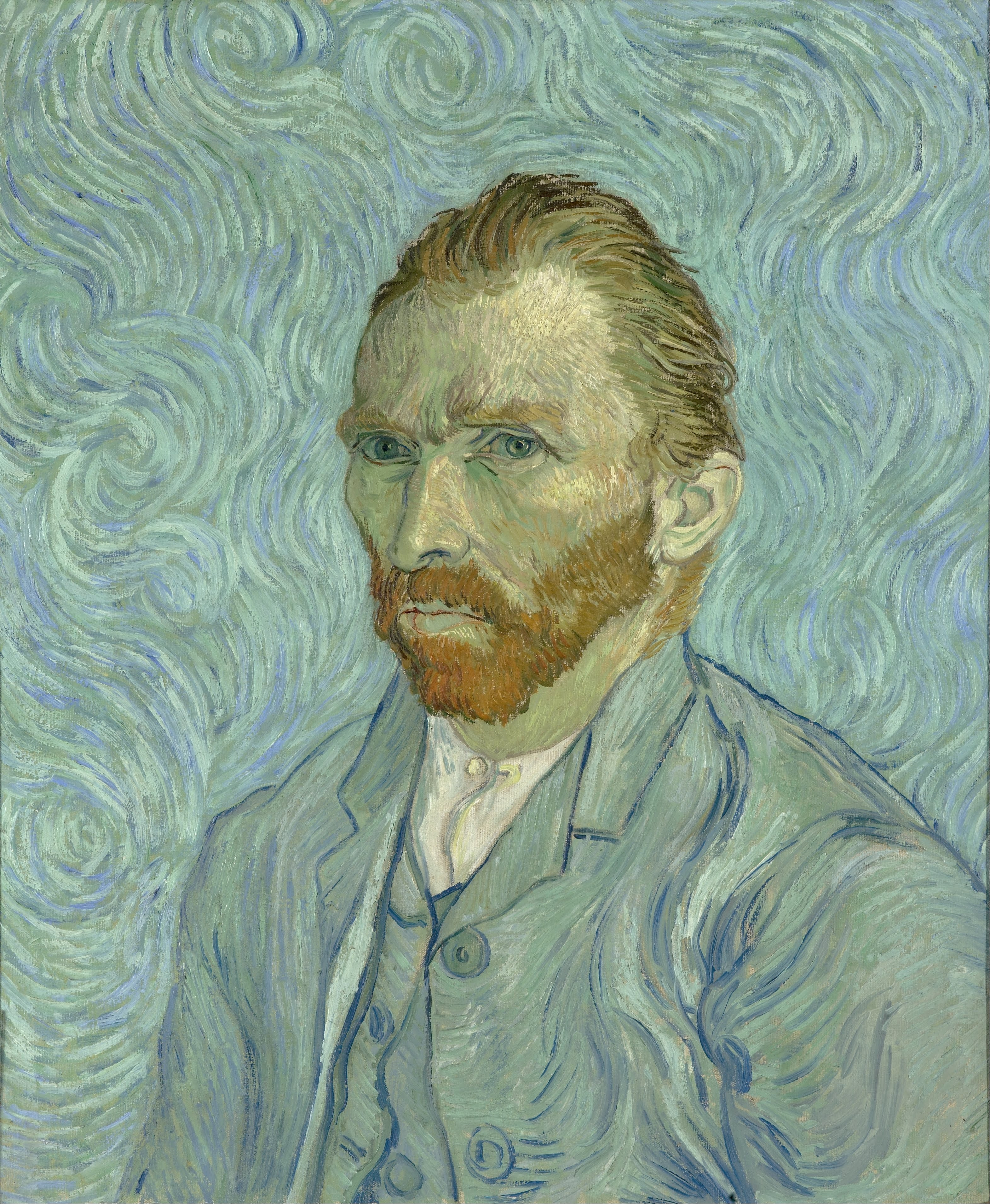I had heard of Joe Satriani throughout my childhood because my dad is a fan, deeming Joe his favorite artist of all time. I had absent-mindedly heard Joe Satriani’s music in the car on long drives or on his kitchen stereo after dinner, but not until this summer did I ask my dad about Joe’s music and actively listen to it.
Joe Satriani began a musical career because he had a “desire to make noise” which he platformed with the drums. Three and half years later, he says to Steve Vai in an interview, he figured out how to channel these noises into something beautiful on the guitar. Before succeeding in his solo career, he worked as a guitar instructor, his former students including Steve Vai, Larry LaLonde, Rick Hunolt, Kirk Hammett, and Andy Timmons. Now, he is a renowned American instrumental rock guitarist (and multi-instrumentalist) with 15 nominations for a Grammy Award and 10 million albums sold, making him the biggest-selling instrumental rock guitarist of all time.
So my interest sparked one night when he explained to me one of his favorite Joe song called “Out of the Sunrise”. Basically, Joe Satriani coined sound for the time from when the sun rises to when it sets and then rises again. His song captures that feeling when you first wake up, the feeling when you have just barely open your eyes and the day is a blank slate. You realize this day is yours. For a few moments, you have nothing on your mind. The morning carries on, that stretch of the spine from when you got out of bed starting to lose its length. The song then elevates to the intensity in the day into the climatic hours of the evening. Joe shreds on a eclectic journey with the guitar to show the spontaneity that happens during the night hours, the mystery of it maybe. Then the world settles, and the song unwinds back to the moment the sun rises again.
Do you think this song captures the fullness of a day? All the feelings that cycle in a day? No matter where you are? Whether that’s at vacation to the tropics or an internship in Hong Kong or a typical day in classes? I would argue yes because while the stimuli may differ from day to day, the emotions harbored by each day are more or less the same, right? Sure we have bad days, not every day will be a good day, but there is good in every day.
Reflect on this as you listen.
Listen here:
P.S. I know my dad will be the first one reading this like he does all of my articles. Thanks Dad 🙂




